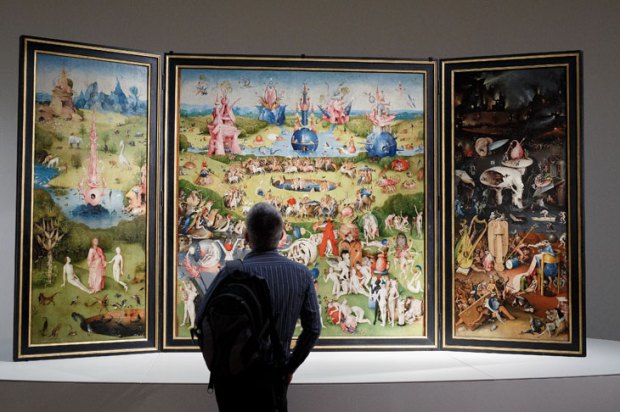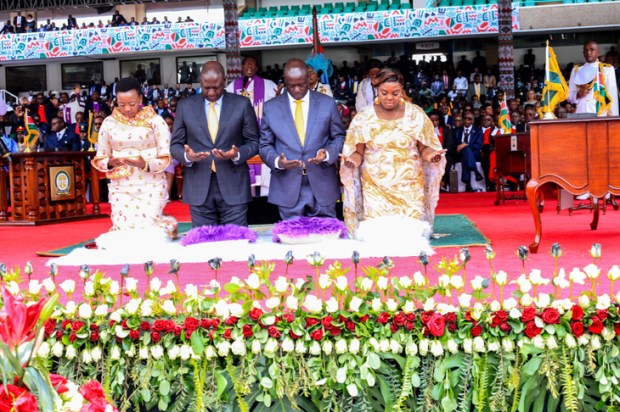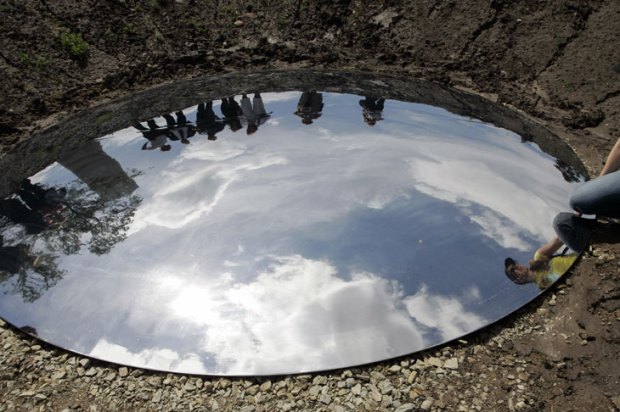I have been spending the week in Rome, having breakfast and dinner most days with Pope Francis I. Literally. How did a suburban mum from Canberra end up sharing digs, and dinners, with His Holiness, not to mention narrowly avoiding collision with the successor of Peter, coming and going from his rooms at Casa Santa Marta, within the precincts of the Vatican?
I am here for a conference of jurists and other lay people about the rights of the family for the Pontifical Council for the Family. My role is to speak as an Australian journalist and commentator, specifically about the image of the family in Australia. The conference is aimed at updating the Charter of Rights of the Family, first published during the pontificate of John Paul II in 1983. I have chosen to speak about the dissonance between the media imagery of family and the reality. To my astonishment, the invitation included accommodation at Santa Marta where the Pope now lives, and where he dines almost daily in the common dining room.
To say that this presents some unprecedented problems of etiquette for the average layperson, like me, is an understatement. I knew Pope Francis lived at Santa Marta, but I had not really expected that I would see him every day, sometimes twice a day at close range, using the common front entrance and doing things like eating his dinner in the cafeteria and getting in and out of the lift, as well as formally receiving lines of people after mass at the chapel. One American delegate — an eminent jurist from New York — was so shocked when he suddenly walked out of the lift and, lo and behold, there was Francis standing ready to get into the lift. All his careful preparation went out the mental window and all he could manage was a faltering ‘Oh… Hi!… er, Pope.’
The atmosphere in the dining room when Pope Francis enters is completely relaxed. He simply walks in unannounced, sits a little apart with some companions, usually chats with the staff, and after a slight lull in the conversations everyone carries on, only sometimes giving his table the odd covert glance. In fact, one tends to forget he is there, until he leaves and everyone stands up. There is an unspoken feeling that it is important to protect the Pope’s privacy, but at the same time as he himself said, he needs to stay among ordinary people for his own sake. The Pope’s visibility and accessibility also presents problems for his frazzled security, although they have obviously been told not to be too vigilant in the confines of Santa Marta. I even managed to get a couple of admittedly, sneaked candid shots of His Holiness, once with the enthusiastic collusion of a bishop from Ghana, who being African was somewhat dismissive of ‘those rules’.
The conference is being held at Urbaniana University high up on the Janiculum hill, which without doubt has the most spectacular views from St Peter’s to the whole of Rome right out to the mountains. Those who are not staying at Santa Marta can enjoy the beautiful gardens, a real oasis. The seminarians sing beautifully during Mass and when I look up to the choir I notice something interesting, the face of the church, and they are all black or brown.
Conferencing is hard work and after mass we spend most of the day cooped up in the conference centre with multiple translation earphones glued to our heads. My speech goes down well. But halfway through I see Archbishop Paglia, who heads the Pontifical Council for the Family directorate, signalling madly for me to slow down. The problem? The Italian translation takes about a third longer than English. Meanwhile, I have met some of the most important Catholic thinkers and spokespeople at this conference, all old hands at international conferences: people such as Helen Alvaré, Jane Adolphe and Theresa Okafor. John Keown from the John Kennedy Institute in Washington speaks on end of life issues and the growing problem of legalised euthanasia. It turns out that John and I have mutual friends in Sydney. In fact, so many people know other people that one could almost be forgiven for thinking that the Catholic mafia really exists.
The papers and discussions range over a wide area of topics related to the family and there are some fascinating insights, particularly on the role of women, marriage and the life issues. For example, there is consensus among the north Americans that the battle against abortion has been ‘won’ by the pro-life side (unlike in Australia). All the opinion surveys point to this, but what is even more evident is the youth and diversity of the pro-life movement. Gone is the divide that saw the old Catholic pro-lifers versus the ‘progressives’. The movement in the US is incredibly diverse: women, men and gay and straight. It has taken long enough for people to see the obvious about killing the unborn, but science is on our side. However, one interesting point was that there is no correlation between the pro-life cause and the fight against gay marriage, which many young people cannot understand breaks the essential generative function of the marriage relationship. The church has been much less successful in forming that narrative.
On the last day of the conference Archbishop Paglia let slip the new Pope’s insistence on vigorous consultation for his new papacy. Paglia is insistent that we are going in a new direction. He quotes the Holy Father just after his election saying, ‘I need your advice… don’t hold back, or you will be going behind my back!’ We all feel honoured and privileged to be part of that advice-forming process. As I make my way back to Santa Marta, and the Swiss guards salute, I reflect that it is unlikely that I shall ever be in such company again.
Got something to add? Join the discussion and comment below.
Get 10 issues for just $10
Subscribe to The Spectator Australia today for the next 10 magazine issues, plus full online access, for just $10.
You might disagree with half of it, but you’ll enjoy reading all of it. Try your first month for free, then just $2 a week for the remainder of your first year.













Comments
Don't miss out
Join the conversation with other Spectator Australia readers. Subscribe to leave a comment.
SUBSCRIBEAlready a subscriber? Log in